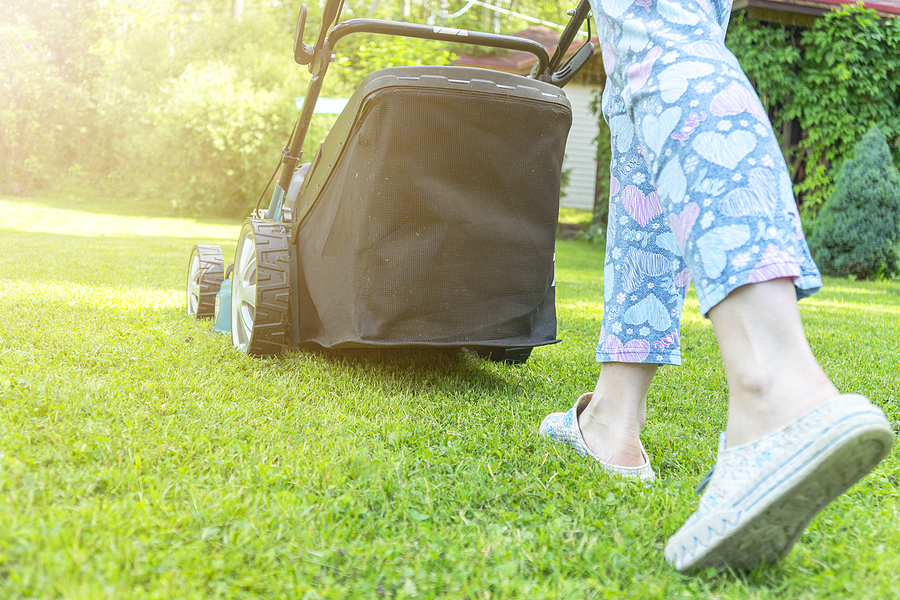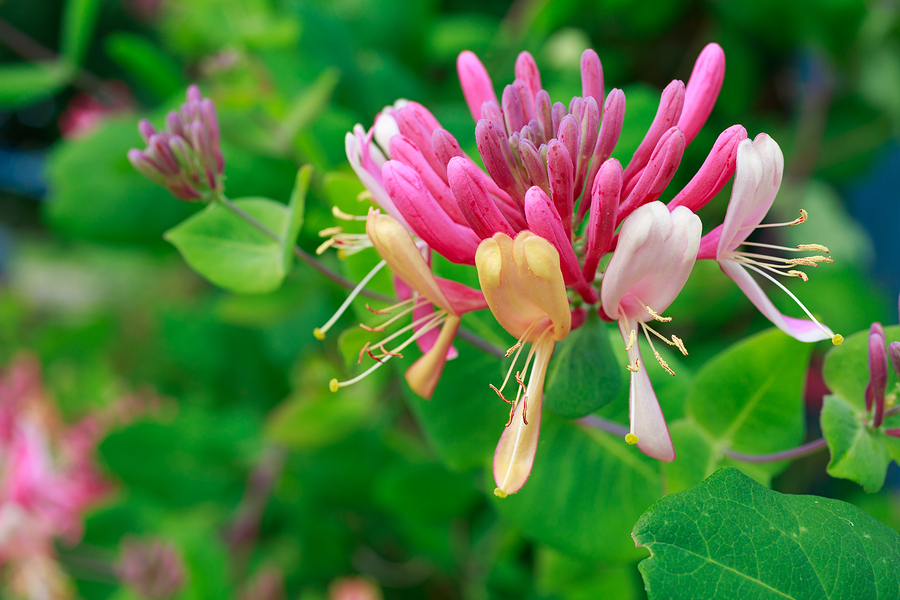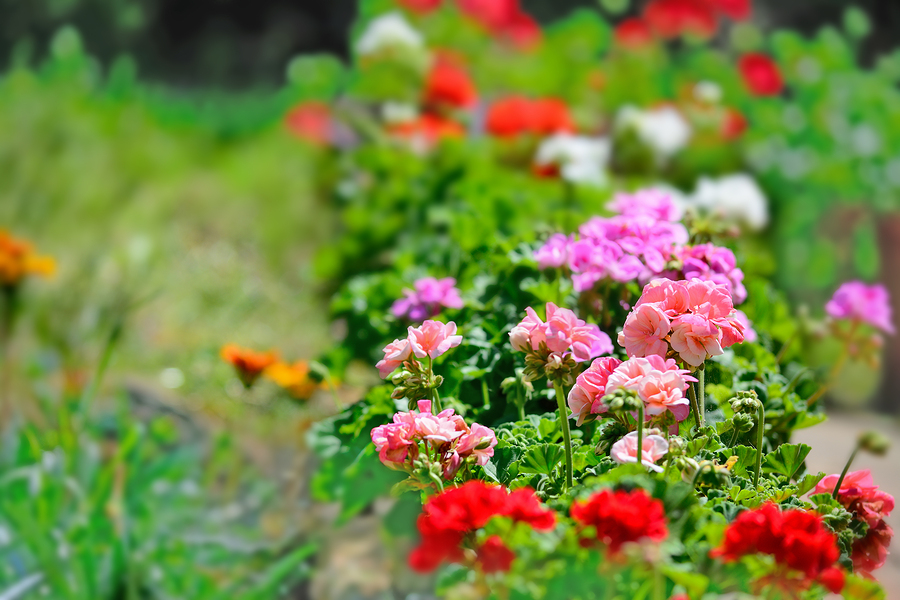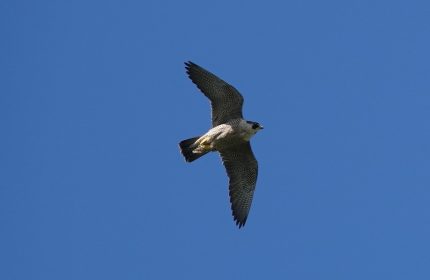Peter’s Gardening Tips for July
From maintaining vibrant blooms to keeping your vegetables in top shape, her are the essential tips to make your garden flourish this month.
July is usually slug and snail festival time and this year they are out in abundance due to the moist conditions of early summer.
Using chemicals in the war against the pests in your garden is now against the law. Here are some natural tips that help reduce any unwanted damage to your plants!
While we may remember to water our plants, we often overlook the essential needs of the feathered visitors to our gardens: the birds. Providing water for garden birds during the summer is not only a compassionate gesture but also a crucial contribution to their survival. Read more here
Jobs to do this month

Lawns
Raise the cutting deck and keep the grass longer. This keeps the grass looking better and less stressed. Keep your blade sharpened too. Blunt blades rip and damage the blades of grass and therefore more die back, giving a yellow appearance to the lawn.
Weeds
Hoeing is fantastic at this time of year. A swoe is one of my favourite tools, hoe down the weeds in the morning, by the afternoon they are all shrivelled and dead in the sun, very satisfying. If you hoe when you don’t need to, you never need to hoe! Weedkillers work very well now, as long as you have six hours of dry forecast for glyphosate type weedkillers (Roundup) if you are happy to use chemical-based products. Make sure there is no spray drift onto plants you want to keep, avoid ponds, ditches and drains!
Dead-heading
It is crucial this month to promote more flowers for a longer period. Old flowers removed stop seed setting, which draws all the plant’s energies. Buddleia, Roses, Cosmos, Geraniums, Clematis, basically any dead flowers cut them off, unless you are saving seeds or for autumn interest. Herbaceous plants will all respond and give more flowers, which also encourages more nectar for bees, butterflies and hoverflies etc.
Vegetables and Fruit
It’s time to harvest some of your homegrown fruit and vegetables. Spuds – first earlies should be ready. Nothing beats freshly dug potatoes, washed, boiled, buttered with fresh mint chopped and sprinkled on top, I still get excited when I dig potatoes! Salad crops, courgettes, peas all delicious, mouth-watering and all so, so tasty. A lot of effort but boy it’s worth it, no packaging, air miles, gas or pesticide residues, just homegrown fabulousness, enjoy your labours!!
What a year for strawberries, currants, gooseberries, plucots, plums etc depending on whether you got any late frosts. Pollination from bees has been amazing, it’s going to be a great year for honey. The tree blossom has also been prolific, limes, sweet chestnut and now blackberries, wildflowers and fruit bushes to boot. Make provision for freezing, bottling, jamming, juicing, making ice cream and sorbets.
Hedges
As with all trees and shrubs, the growth of hedges has been excessive. Most birds have finished nesting, but you will still find collard doves, pigeons, greenfinches and goldfinches still nesting, so check your hedge before cutting back. If your hedge is looking a bit sparse in places, give it a feed with a slow-release fertiliser or growmore. Hedges always get forgotten and if you think about it there are a lot of plants competing for very little soil.
Vegetables
When you grow vegetables, you’ll need to ensure that they are in the right environment to thrive. However, this goes beyond the type of soil – you’ll also need to consider their neighbours and watch out for pests.
For instance, did you know that you should never grow peas next to onions? Or that pigeons are the nemesis of a spinach plant? Well, with our downloadable calendar, now you do!
Check out the calendar below:

A very busy month preparing for winter crops. Sow broccoli, Brussels sprouts, savoy cabbage or plant out. Wood ash and soot will help prevent club root. Carrots sown now will give you an autumn/winter crop. Leeks – main crop are best planted out on the well-manured ground, water in well.
Asparagus
It’s best to stop cutting now and weed and top dress with Vitax Q4, also give a good soak and mulch. Clear any broad beans away and compost, also this applies to pea plants and any bolted salads or rocket. Thank the plants for their harvest!
Potatoes
Keep vigilant for potato blight, spray with copper fungicide or Bordeaux mixture, keeping weed-free if possible. If blights start cut the foliage away to ground level, remove, burn or dispose of, DO NOT compost!
Fruit trees
Prune cordon apples and espaliers this month to reduce growth to two/three buds. Peaches and nectarines, tie in any new growth against wires or walls/fences. Ideal pruning time – remove any excess growth, cross-over stems, thin or weedy stems. This will send more goodness and sap to the swelling fruit. Plums, Cherries, Apricots, Peaches – any fruit with a stone in, this is the time to prune and cut back anything not really useful.
Outdoor Vines
Cut back to the bunch of grapes forming, this will allow more light in to ripen fruit.
Cut flowers from your garden, bring the scents of the garden indoors! Roses are a must!
Don’t forget to enjoy the scents in your garden of an evening – Jasmines and Honeysuckles smell better of an evening. You might see a passing bat, owl, moths, or a snuffling hedgehog. Enjoy some alfresco dining!

Happy Gardening!
Latest posts by Peter Mills (see all)
- Gardening Masterclass: How to prune roses, hydrangeas, shrubs and trees - March 2, 2025
- Peter’s Gardening tips for March - March 1, 2025
- Peter’s Gardening Tips for February - January 29, 2025
- Peter’s Gardening Tips for January 2025 - January 2, 2025
- Peter’s Gardening tips for November - October 29, 2024























